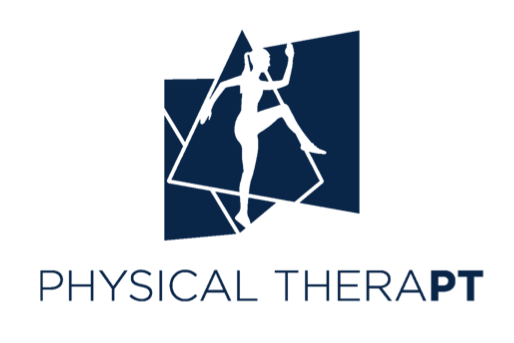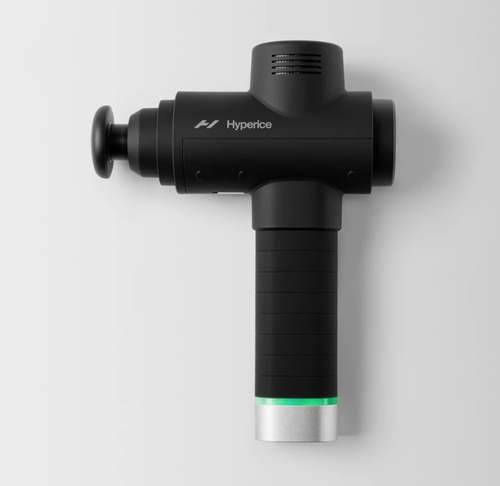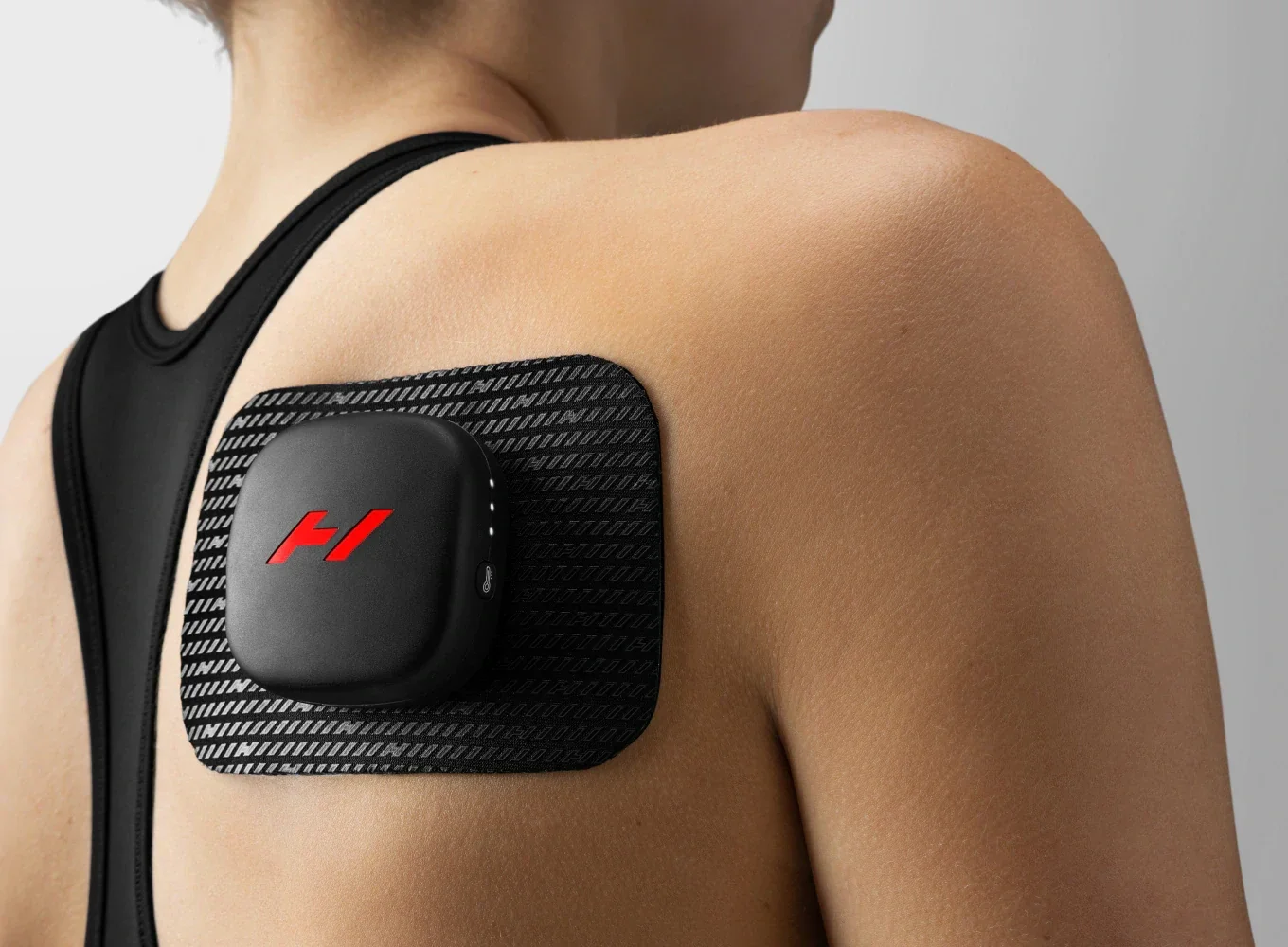If you’ve ever received massage therapy as part of your physical therapy care, you’ve likely experienced the benefits of recovery massage—decreased soreness, improved mobility, and faster healing. But what happens when you’re out of the acute phase? That’s where maintenance massage comes in—and it’s often the missing piece in staying injury-free and performing at your best.
While recovery massage gets much of the spotlight in the rehab process, maintenance massage is what keeps your system tuned and functioning well long after the initial problem has resolved. Let’s explore the distinct purposes of recovery and maintenance massage, why each matters, and why transitioning from one to the other should be part of your long-term plan.
Recovery Massage: A Tool for Healing
Recovery massage is typically prescribed during or immediately after an injury or intense physical stress. It targets soft tissues that are healing or under high demand. The goals are straightforward: reduce pain, manage inflammation, improve circulation, restore function, and help tissue recover from overload.
Studies consistently show that massage therapy can play a meaningful role in post-injury and post-exercise recovery. A meta-analysis published in Frontiers in Physiology found that massage significantly reduces delayed-onset muscle soreness (DOMS) and improves muscle performance markers such as strength and range of motion after strenuous exercise (Davis et al., 2020). Similarly, massage has been found to be effective in reducing perceived fatigue and supporting muscle recovery without impairing strength or power output (Poppendieck et al., 2016).
Massage also appears to positively impact inflammatory and healing pathways. A cellular-level study by Crane et al. (2012) found that massage downregulated genes associated with inflammation and promoted mitochondrial biogenesis in muscle tissue following exercise. This means massage doesn’t just feel good—it may help tissues repair more efficiently.
In rehab settings, recovery massage often occurs multiple times per week, especially in the early stages of healing. Sessions are more targeted, focusing on restoring mobility and reducing compensation patterns. Once pain and mobility have improved, the frequency of sessions typically decreases, paving the way for a maintenance plan.
Maintenance Massage: Investing in Resilience
In contrast to recovery massage, maintenance massage isn’t about fixing something that’s broken—it’s about keeping systems running smoothly. After you successfully recover from injury, transitioning into maintenance massage is a key strategy to prevent recurrence and improve long-term performance and body awareness.
Maintenance massage supports:
Circulation and metabolic exchange in muscles and fascia
Muscle tone balance in frequently used or overused areas
Joint mobility and tissue pliability
Stress reduction and parasympathetic nervous system activation
Although fewer studies focus exclusively on maintenance massage, the benefits are supported by broader research into regular manual therapy. For example, research published in International Journal of Therapeutic Massage & Bodywork found that regular massage over four weeks led to statistically significant decreases in reported musculoskeletal discomfort in healthy adults (Sherman et al., 2014).
Importantly, maintenance massage isn't “less important” just because it's not addressing an acute injury. For athletes or active individuals, maintenance massage becomes part of an ongoing performance strategy—much like strength training or mobility work.
Frequency can vary: for highly active individuals, once every 2–4 weeks is common. The techniques used are often broader and less intense than during the recovery phase, with a focus on tissue health and function rather than symptom relief.
The Transition: From Recovery to Maintenance
One of the most important shifts in the rehabilitation process is knowing when and how to transition from recovery massage to maintenance. That shift usually happens once:
Pain has decreased
Normal movement patterns have returned
The tissue is no longer in an acute inflammatory state
Function has improved with activity or return to sport
At this stage, the goal is no longer just healing—it’s sustainability.
Yet many patients disengage from bodywork once the acute phase ends. They “graduate” from PT and stop getting massage until the next injury arises. This stop-start cycle can lead to setbacks or recurrent issues that were preventable with consistent maintenance work.
Massage therapists working in sports and rehab settings understand this arc and can guide the timing and frequency of maintenance sessions. Maintenance massage isn’t about pampering—it’s an active part of an athletic recovery strategy.
Tools We Trust for Recovery
While nothing replaces the benefits of hands-on massage, there are a few tools we consistently recommend. Products like massage guns, Chirp wheels, and the VenomGo—combining targeted heat and vibration—can help boost circulation and ease muscle tension between sessions.
Conclusion: Recovery Is a Phase—Maintenance Is a Mindset
Recovery massage is the hero during an injury—focused, intensive, and essential. But as tissues heal and performance returns, the work doesn’t stop there. Maintenance massage picks up the baton, helping you maintain the progress you’ve made and avoid returning to square one.
For active individuals—especially those who’ve just completed physical therapy—making maintenance massage a consistent part of your recovery strategy helps build resilience, prevent injuries, and optimize performance. Just as your training evolves with your goals, so too should your approach to bodywork.
In short: Recovery massage gets you out of trouble. Maintenance massage keeps you out of it.
References
Crane, J. D., Ogborn, D. I., Cupido, C., Melov, S., Hubbard, A., Bourgeois, J. M., ... & Tarnopolsky, M. A. (2012). Massage therapy attenuates inflammatory signaling after exercise-induced muscle damage. Science Translational Medicine, 4(119), 119ra13. https://doi.org/10.1126/scitranslmed.3002882
Davis, H. L., Alabed, S., & Chico, T. J. (2020). Effect of sports massage on performance and recovery: A systematic review and meta-analysis. Frontiers in Physiology, 11, 748. https://doi.org/10.3389/fphys.2020.00748
Poppendieck, W., Wegmann, M., Ferrauti, A., Kellmann, M., Pfeiffer, M., & Meyer, T. (2016). Massage and performance recovery: A meta-analytical review. Sports Medicine, 46(2), 183–204. https://doi.org/10.1007/s40279-015-0420-x
Sherman, K. J., Cherkin, D. C., Kahn, J., Erro, J. H., Hrbek, A., Deyo, R. A., & Eisenberg, D. M. (2014). A survey of training and practice patterns of massage therapists in two US states. International Journal of Therapeutic Massage & Bodywork, 7(1), 10–17. https://doi.org/10.3822/ijtmb.v7i1.202















